Production Line Cameras Vulnerabilities Let Attackers Stop The Recordings
Critical security vulnerabilities have been identified in industrial camera systems widely deployed across Japanese manufacturing facilities, allowing malicious actors to remotely access live footage and disrupt essential production monitoring. These flaws, present in the Inaba Denki Sangyo Co., Ltd. IB-MCT001 camera system known as “CHOCO TEI WATCHER mini,” enable attackers to bypass authentication mechanisms and […] The post Production Line Cameras Vulnerabilities Let Attackers Stop The Recordings appeared first on Cyber Security News.

Critical security vulnerabilities have been identified in industrial camera systems widely deployed across Japanese manufacturing facilities, allowing malicious actors to remotely access live footage and disrupt essential production monitoring.
These flaws, present in the Inaba Denki Sangyo Co., Ltd. IB-MCT001 camera system known as “CHOCO TEI WATCHER mini,” enable attackers to bypass authentication mechanisms and gain unauthorized access to devices designed to record production line stoppages for analysis and troubleshooting.
%20(Source%20-%20Nozomi%20Networks).webp)
The CHOCO TEI WATCHER mini is specifically engineered to automatically capture footage before, during, and after production line stoppages, providing valuable diagnostic information for manufacturers to identify and resolve operational inefficiencies.
When production lines halt, these cameras begin recording crucial moments that help teams analyze root causes of disruptions, making them essential tools for quality control and process improvement.
Nozomi Networks researchers identified four distinct vulnerabilities in these systems that remain unpatched as of March 2025.
These security flaws received high severity ratings, with two vulnerabilities scoring the maximum 9.8 on the CVSS v3.1 scale, highlighting their potential to cause significant operational impact and compromise sensitive industrial processes.
Exploitation
The implications of these vulnerabilities extend beyond simple surveillance concerns.
Attackers exploiting these flaws could potentially monitor proprietary manufacturing processes for industrial espionage, manipulate recorded footage to hide evidence of incidents, or prevent the automatic recording of stoppages entirely, undermining the system’s core functionality and leaving manufacturers blind to critical production issues.
The most concerning vulnerability involves the authentication bypass mechanism (CVE-2025-26689), which allows attackers to perform “forced browsing” to access protected API endpoints without valid credentials.
This flaw enables unauthenticated remote attackers to send direct commands to the camera system, potentially disabling recording functions during critical production events.
The attack requires no user interaction or prior access—only network connectivity to the vulnerable device.
What makes this authentication bypass particularly dangerous is its simplicity. The vulnerability exploits flaws in the CHOCO TEI VIEWER web interface, where authentication checks are improperly implemented.
Since the cameras are designed for network accessibility to facilitate remote monitoring, many devices may be accessible from internal networks or, in some cases, from the internet directly.
With no vendor patches available, manufacturers using these systems must implement network isolation, strict access controls, and physical security measures to mitigate risks while continuing to monitor for signs of compromise or unauthorized access attempts.
Investigate Real-World Malicious Links & Phishing Attacks With Threat Intelligence Lookup - Try for Free
The post Production Line Cameras Vulnerabilities Let Attackers Stop The Recordings appeared first on Cyber Security News.





















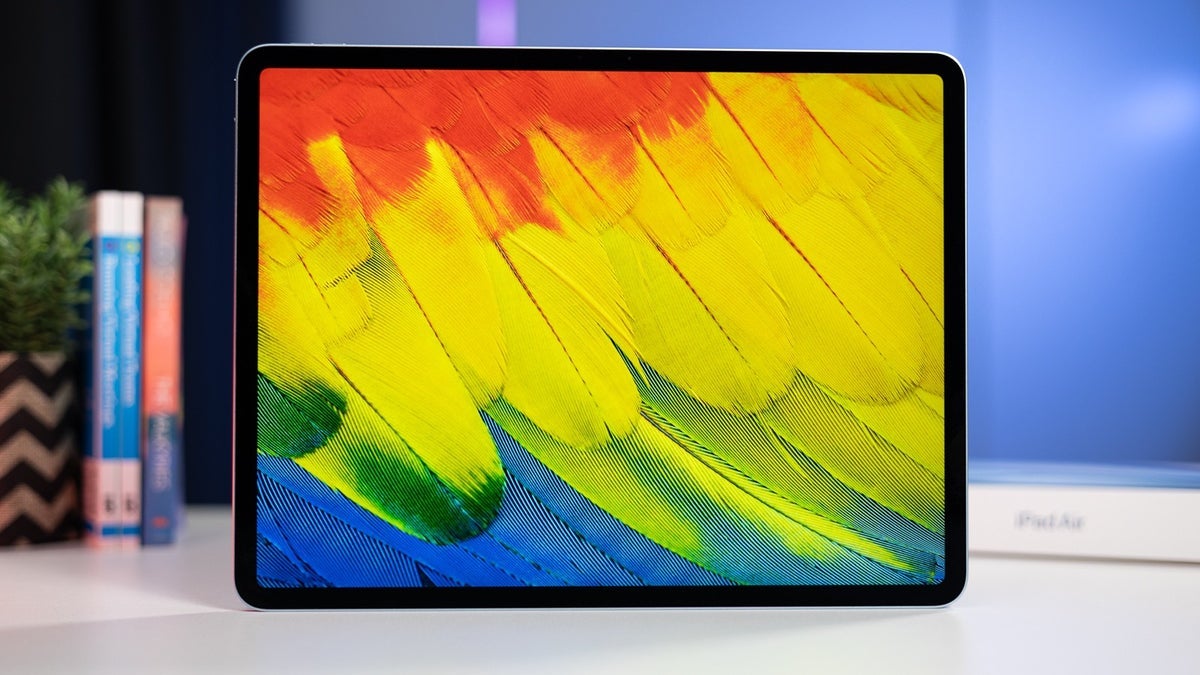

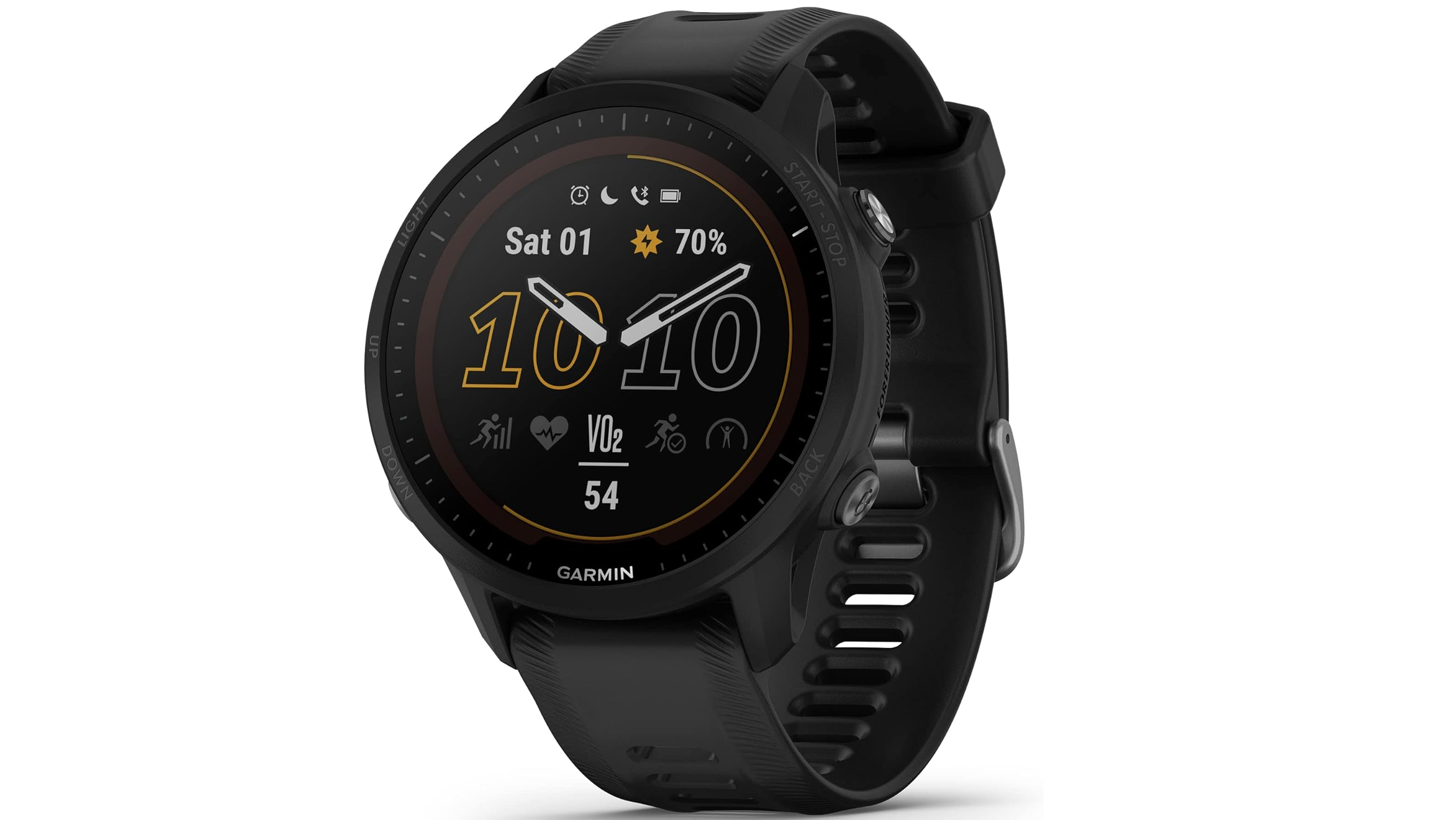





























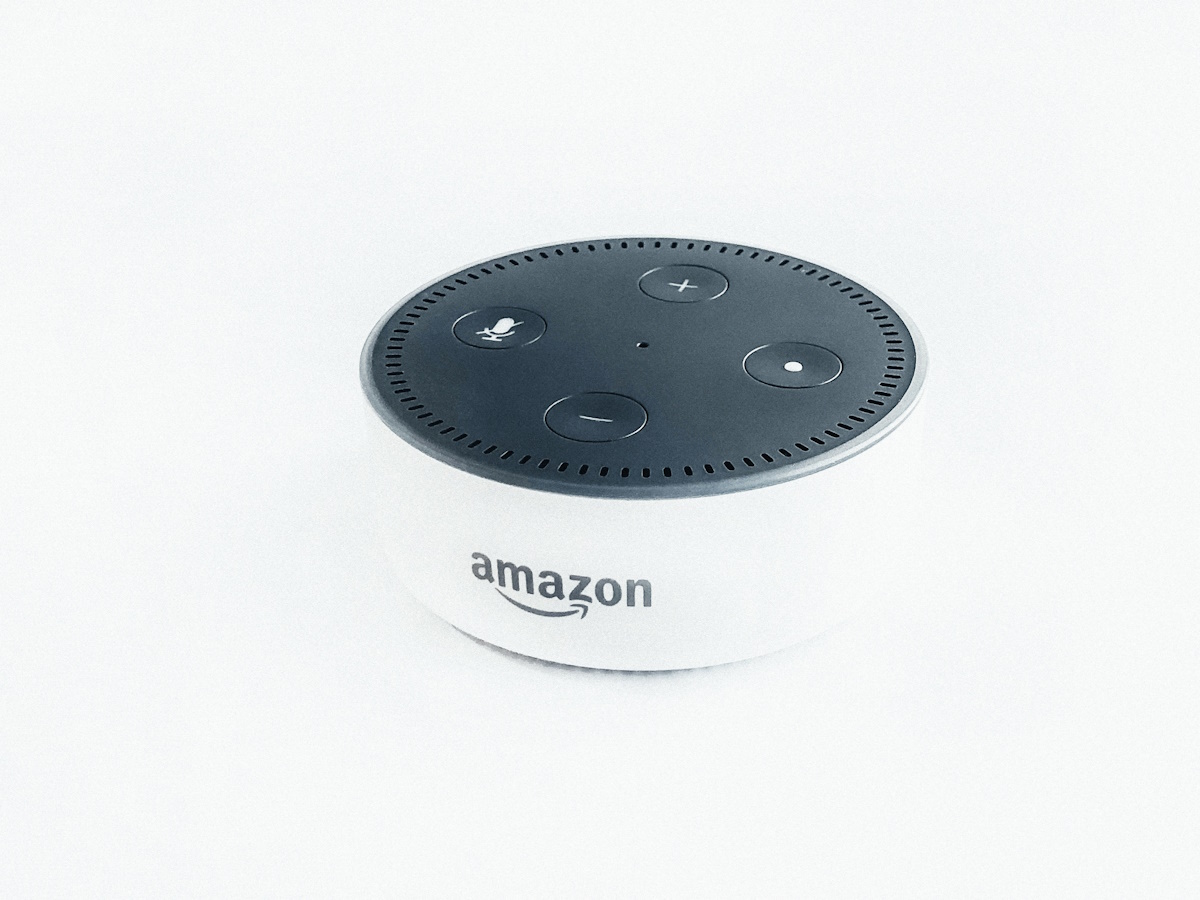
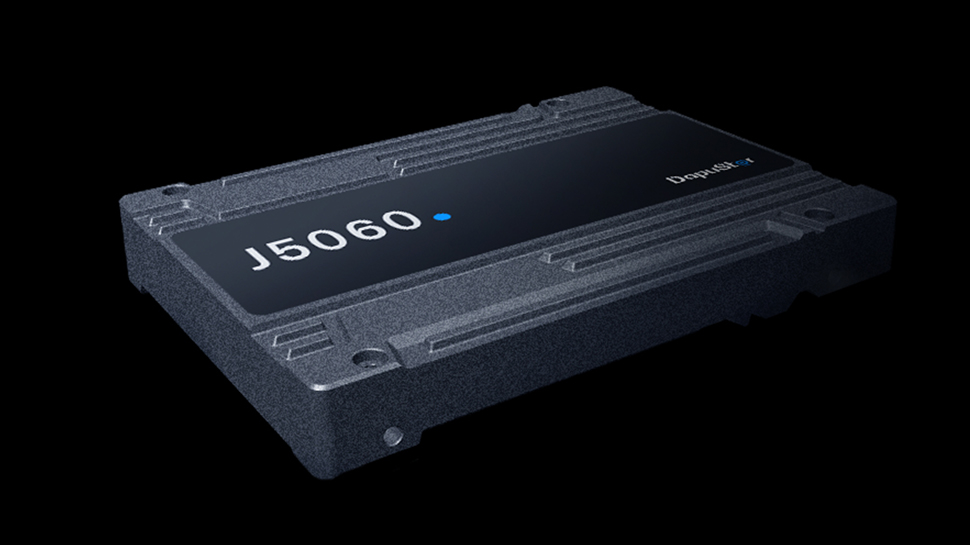


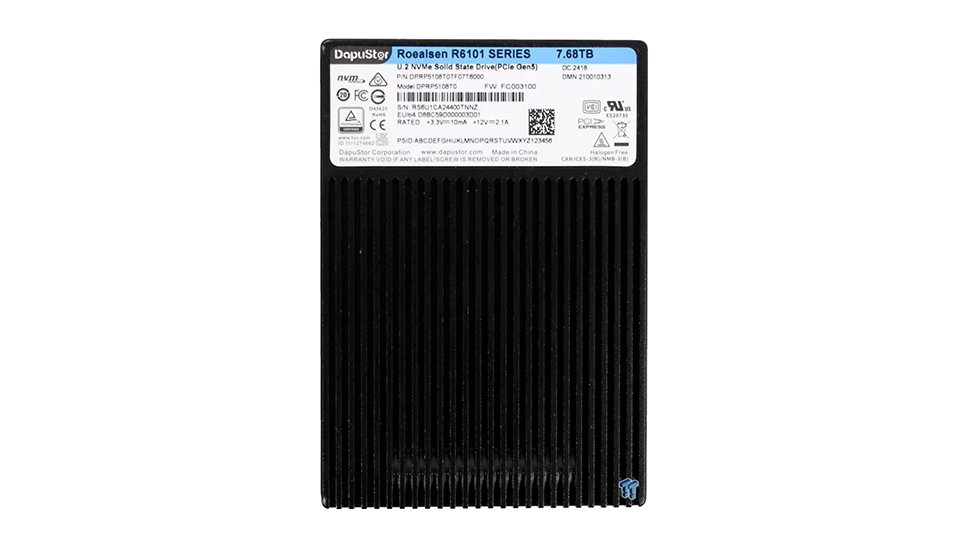











![Lowest Prices Ever: Apple Pencil Pro Just $79.99, USB-C Pencil Only $49.99 [Deal]](https://www.iclarified.com/images/news/96863/96863/96863-640.jpg)
![Apple Releases iOS 18.4 RC 2 and iPadOS 18.4 RC 2 to Developers [Download]](https://www.iclarified.com/images/news/96860/96860/96860-640.jpg)















![What Google Messages features are rolling out [March 2025]](https://i0.wp.com/9to5google.com/wp-content/uploads/sites/4/2023/12/google-messages-name-cover.png?resize=1200%2C628&quality=82&strip=all&ssl=1)







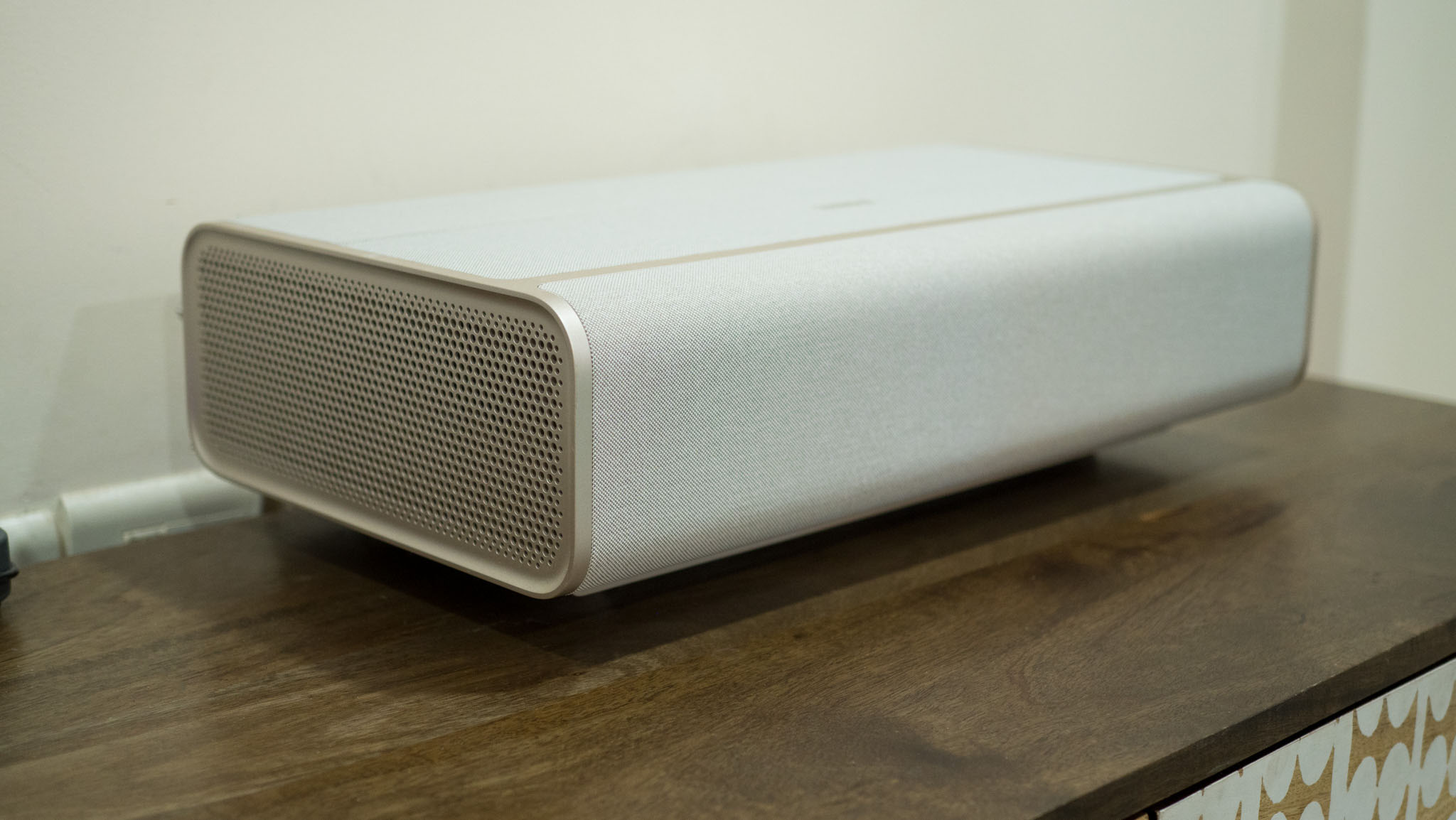


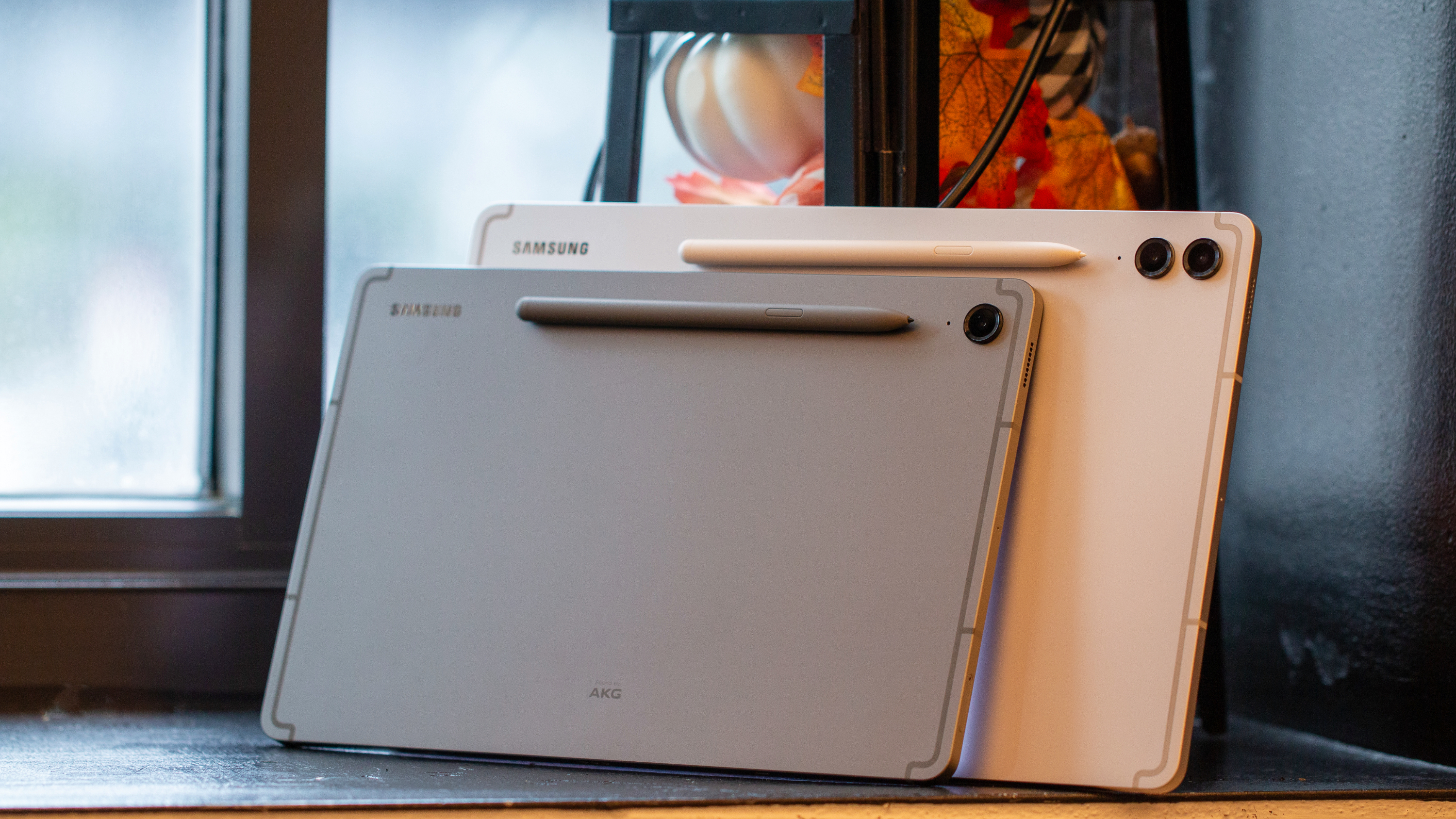






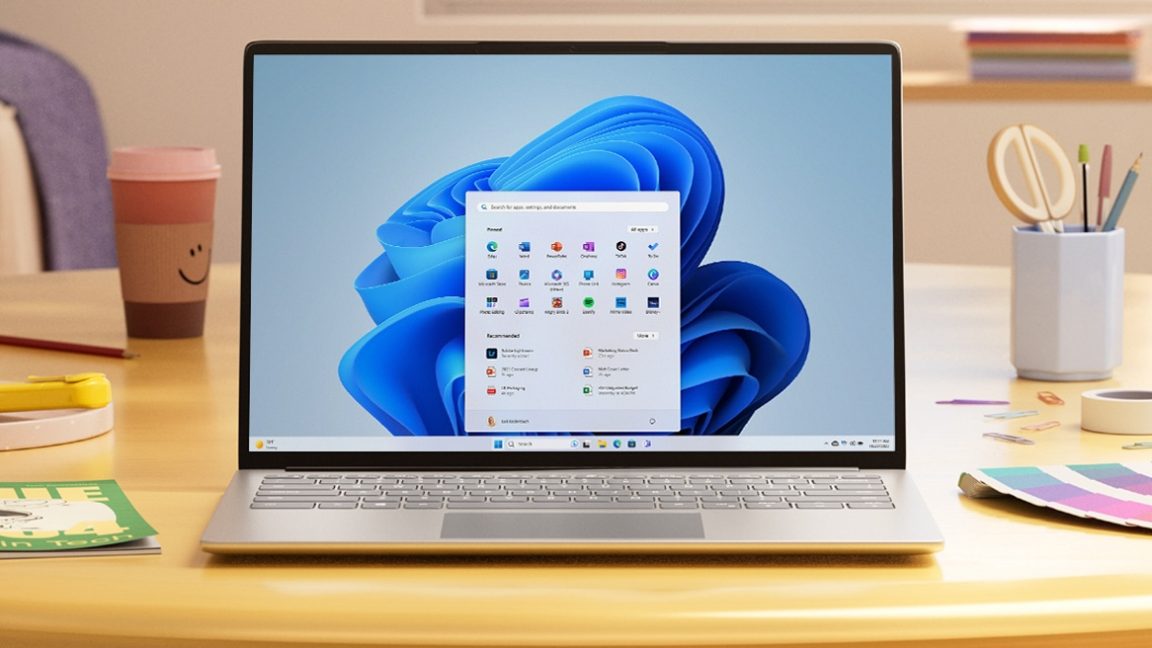




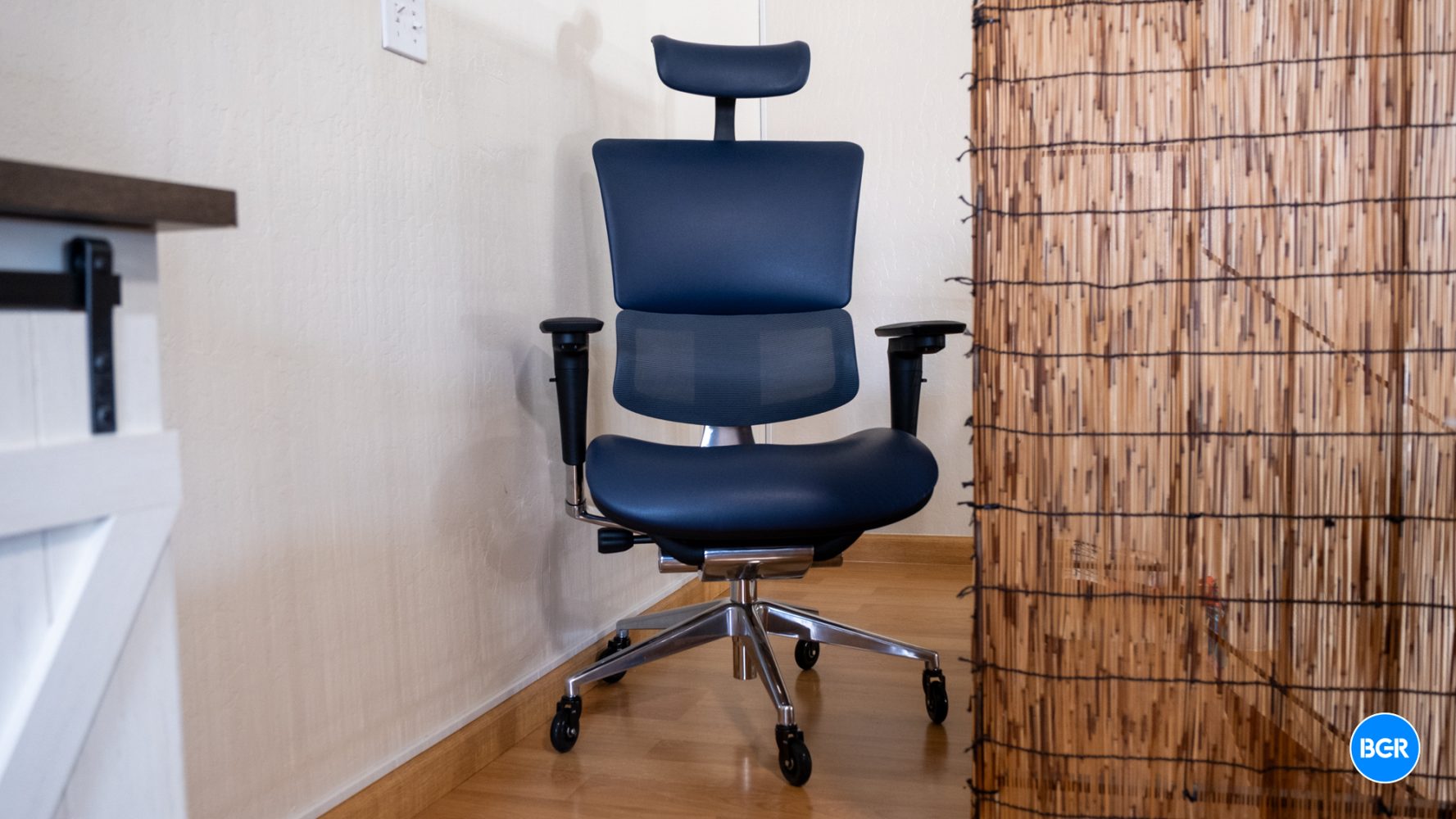
















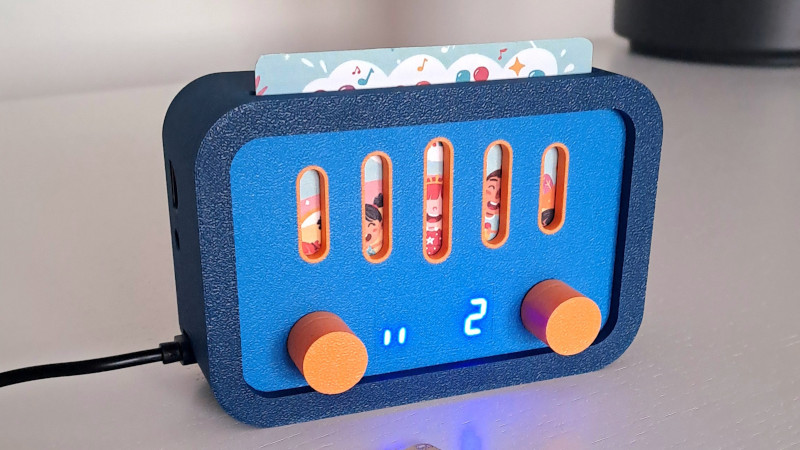
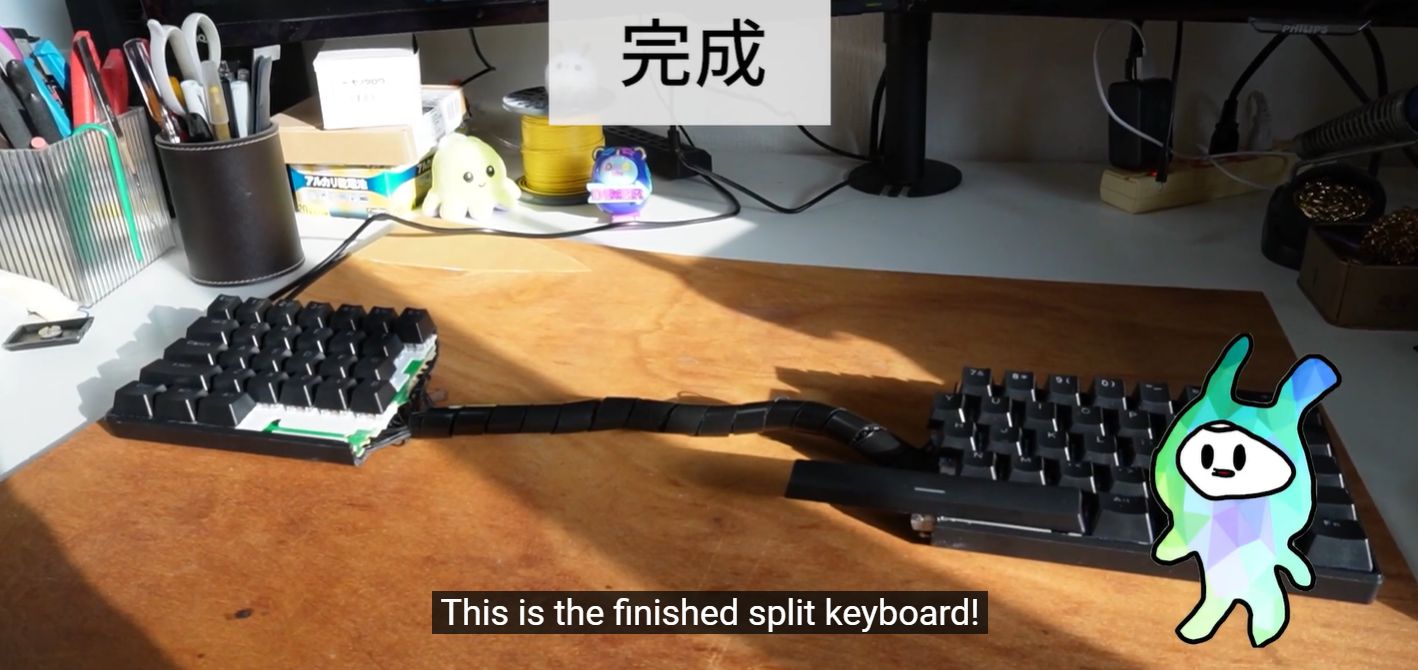

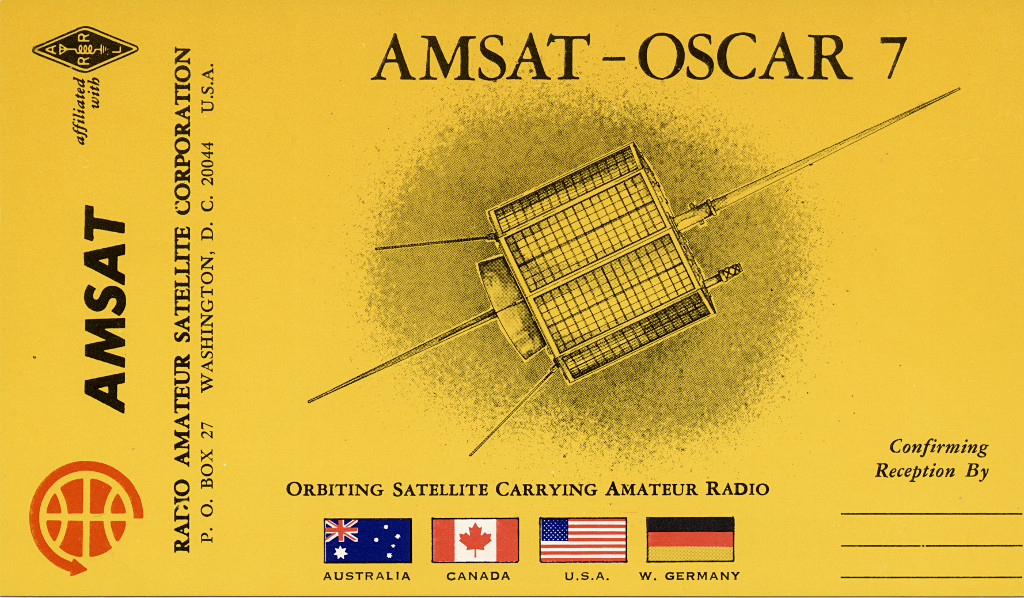
























































































































![[The AI Show Episode 141]: Road to AGI (and Beyond) #1 — The AI Timeline is Accelerating](https://www.marketingaiinstitute.com/hubfs/ep%20141.1.png)
![[The AI Show Episode 140]: New AGI Warnings, OpenAI Suggests Government Policy, Sam Altman Teases Creative Writing Model, Claude Web Search & Apple’s AI Woes](https://www.marketingaiinstitute.com/hubfs/ep%20140%20cover.png)
![[The AI Show Episode 139]: The Government Knows AGI Is Coming, Superintelligence Strategy, OpenAI’s $20,000 Per Month Agents & Top 100 Gen AI Apps](https://www.marketingaiinstitute.com/hubfs/ep%20139%20cover-2.png)























































































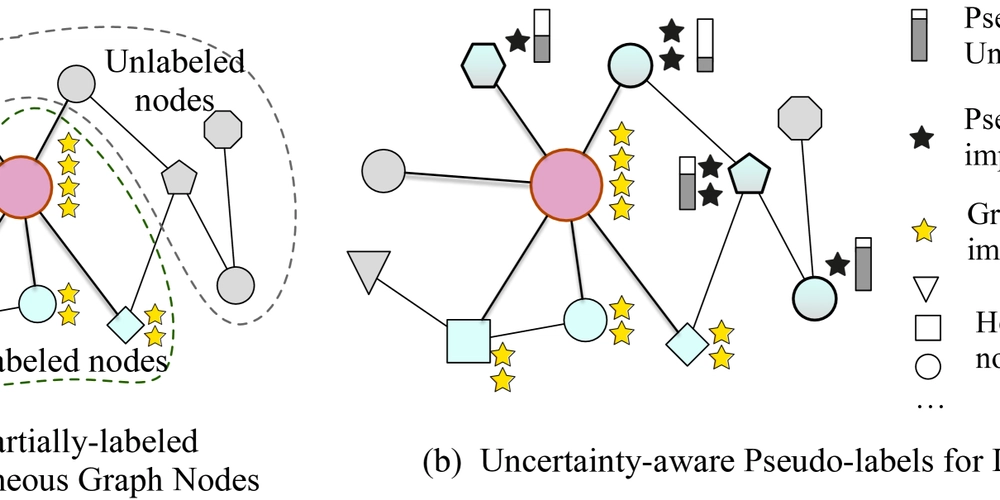
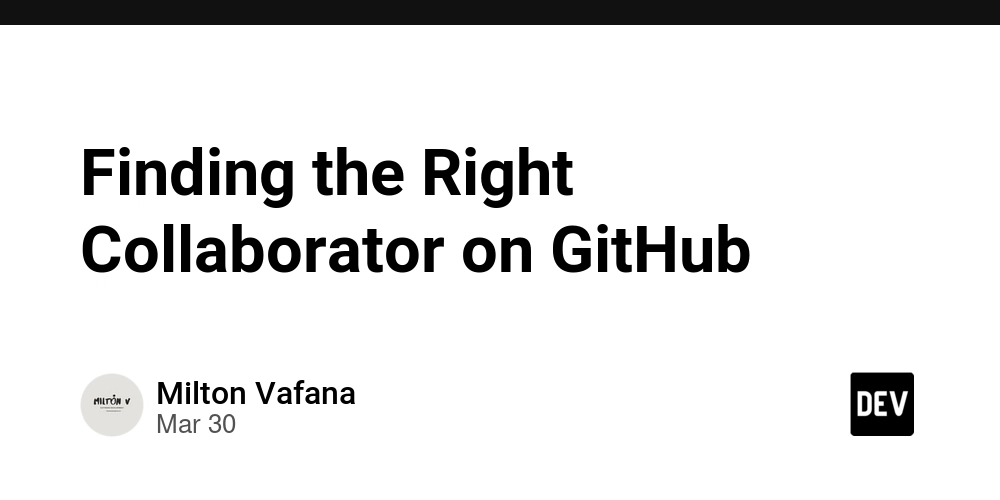



































![From broke musician to working dev. How college drop-out Ryan Furrer taught himself to code [Podcast #166]](https://cdn.hashnode.com/res/hashnode/image/upload/v1743189826063/2080cde4-6fc0-46fb-b98d-b3d59841e8c4.png?#)



![[FREE EBOOKS] The Ultimate Linux Shell Scripting Guide, Artificial Intelligence for Cybersecurity & Four More Best Selling Titles](https://www.javacodegeeks.com/wp-content/uploads/2012/12/jcg-logo.jpg)


























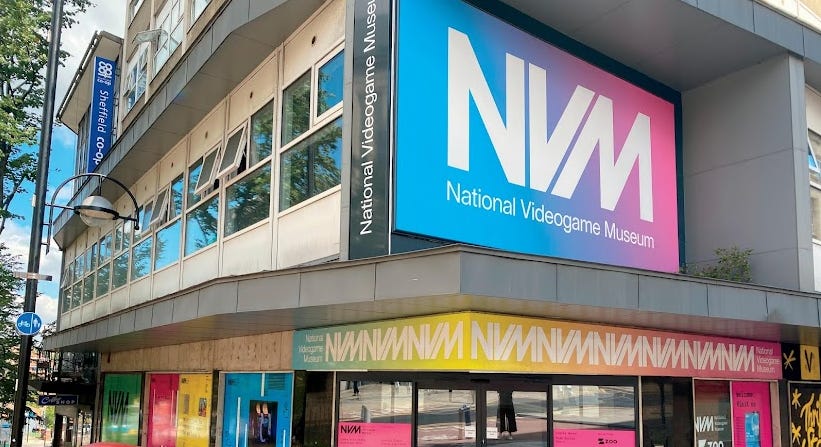








.png?#)




















![Mini Review: Rendering Ranger: R2 [Rewind] (Switch) - A Novel Run 'N' Gun/Shooter Hybrid That's Finally Affordable](https://images.nintendolife.com/0e9d68643dde0/large.jpg?#)






























